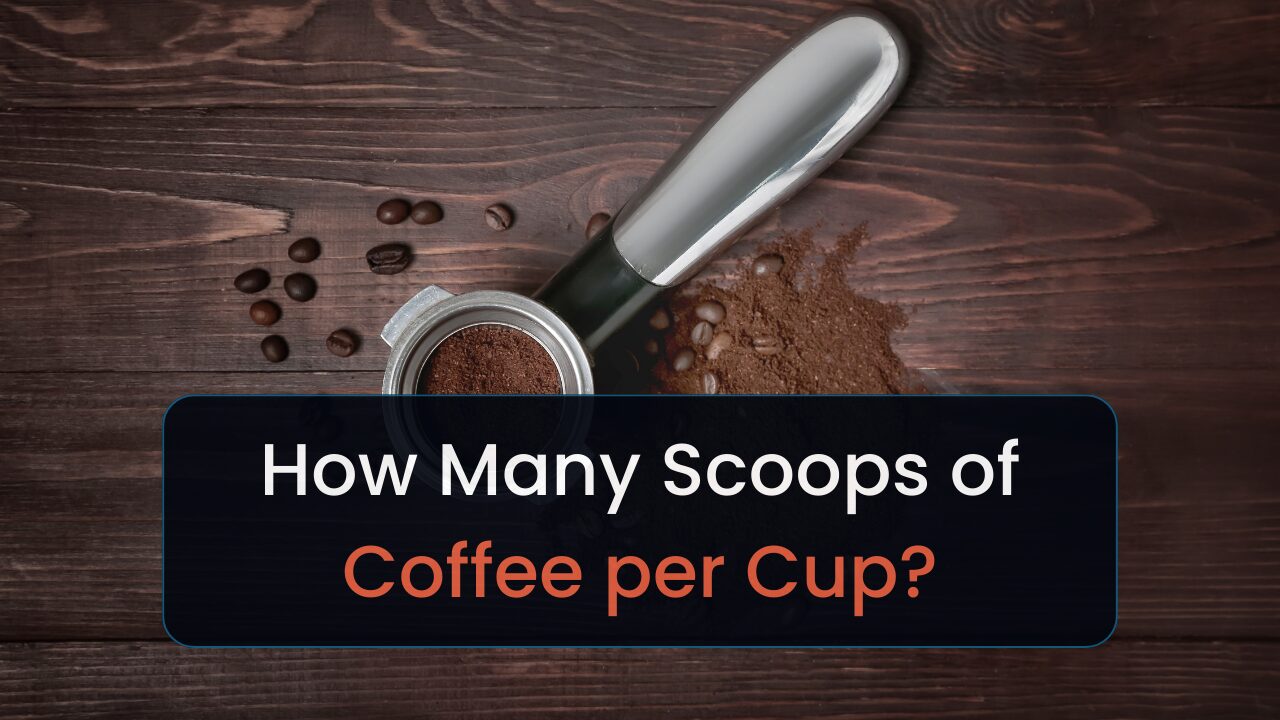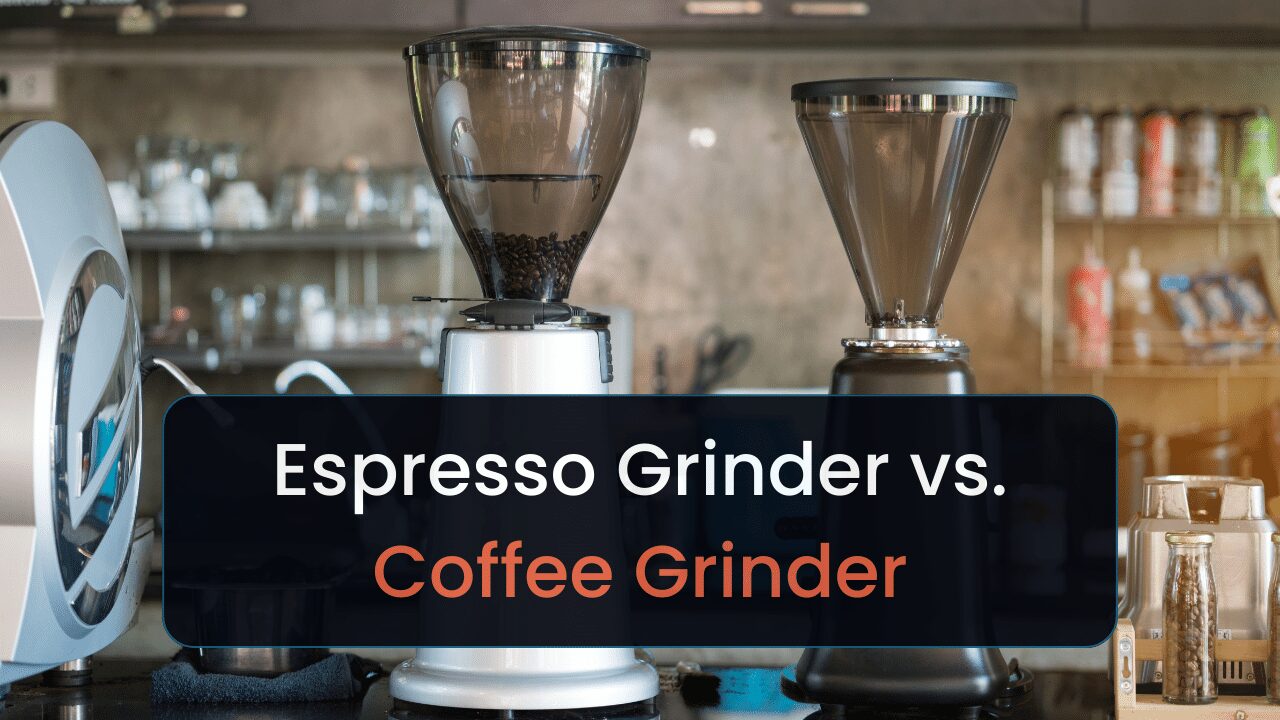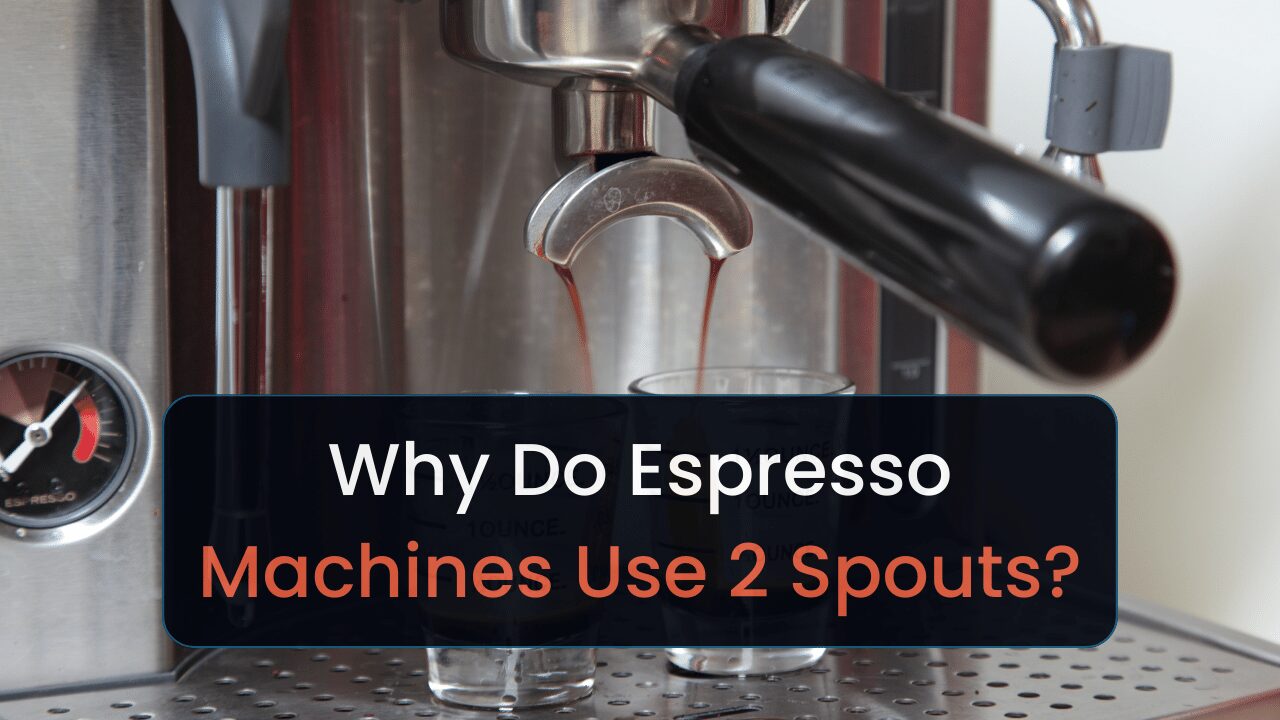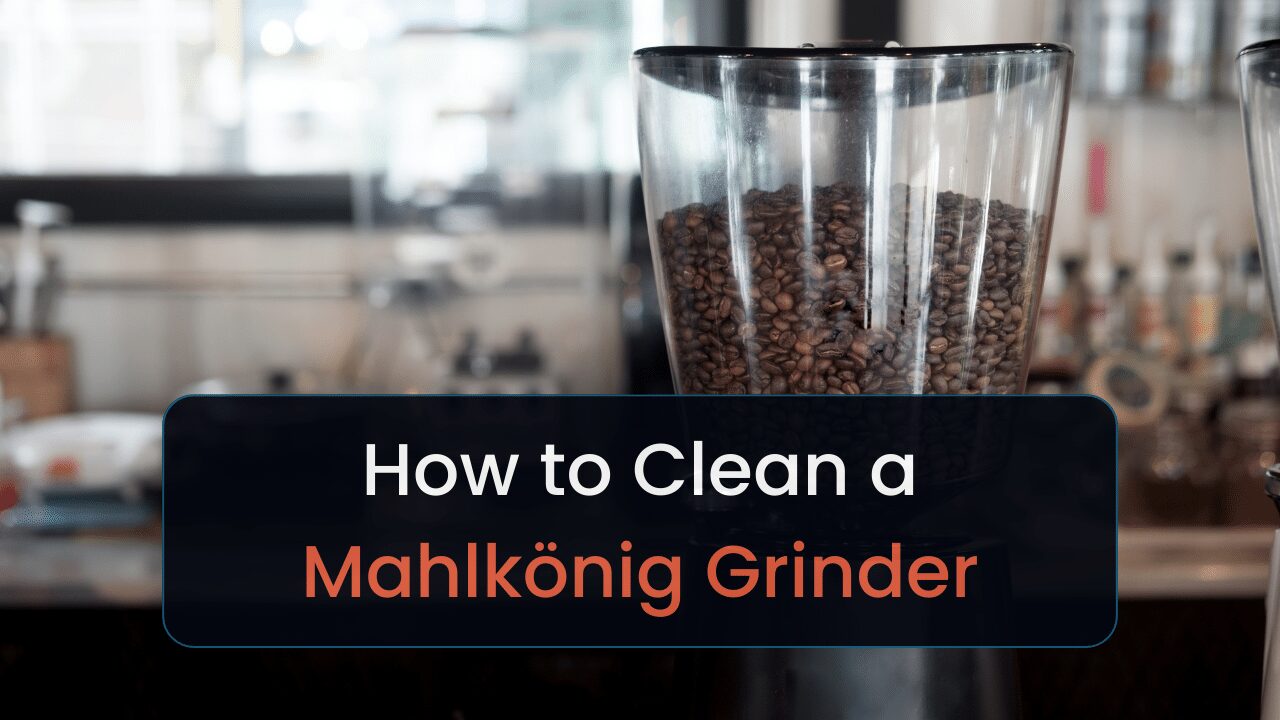This guide is an overview of the best Japanese coffee makers for home baristas. Read on to learn more.
I love and frequently use Japanese brewing methods or coffee makers. That led me to write this guide.
I chose the Zojirushi Zutto as the best overall machine because it’s from a renowned Japanese brand and automates coffee making.
Such a feature makes it ideal for anyone who wants to save money while getting a high-quality coffee maker. However, if this doesn’t match what you searched for, I also cover devices that use Japanese brewing methods.
I’ll cover each machine’s advantages and disadvantages, who they’re best for, features to consider, and specifications.
Here’s where the fun begins.
Top Japanese Coffee Makers
- Zojirushi Zutto: Top pick
- Kalita wave: Best under $100
- Hario V60: Best single-cup Japanese coffee maker
- Hario Glass Technica: Best siphon coffee maker
- Hario Mizudashi: Best cold brew maker
- Yama Glass Cold Brew Maker: Best maker, Canada
Best Japanese Coffee Makers for Home Use
Each section will first cover each machine’s pros and cons. I’ll then explain any relevant features and talk about whom they’re best for.
By “Japanese coffee makers,” I refer to coffee makers made in Japan, that use Japanese brewing methods, or are from Japanese coffee maker manufacturers. That doesn’t mean all the machines in this list are made in Japan.
No Japanese coffee makers or machines made by Japanese brands include grinders. So those of you searching for “Best Japanese coffee maker with grinder,” won’t have any luck.
Let’s dive in.
1. Zojirushi Zutto: Best Overall
![5+ Best Japanese Coffee Makers in [currentyear]: Your Ultimate Guide 1 zojirushi zutto](https://timscoffee.com/wp-content/uploads/2023/06/zojirushi-zutto.png)
| Price | $$ |
| Brewing Method Used | Drip |
| Dimensions (D, W, H) | 6 × 8 × 10 in |
| Water Tank Size | 5 cups |
| Automation | Yes |
| Warranty | 1 year |
Pros:
- Compact
- Controls are easy to use
Cons:
- Difficult to access water reservoir
- Doesn’t shut off automatically
The Zojirushi Zutto is an amazing machine for anyone who wants a coffee maker for under $100 from a Japanese brand.
Drip coffee isn’t a Japanese brewing method, but again, Zojirushi is a Japanese brand. In case that’s what led you to this post. If not, I’ll cover a device that uses a Japanese brewing method, next.
The Zutto is compact and will fit under any wall cabinets without issues. Since most wall cabinets have 18 inches of vertical clearance under them [1]. Even when opening the reservoir of the Zutto, you’ll have plenty of extra space.
But:
But the water tank is a pain to access. There’s no lip to help you open it easier, and you’ll have to remove the entire reservoir vertically if you want to remove it. That’ll require you to move the entire device.
I don’t get why they couldn’t have had a removable reservoir that’s not inside the case. And while I’m complaining, there’s no way to automatically power off the machine. Unless you get a smart plug.
But it’s a cheap drip coffee maker. You shouldn’t expect too much. But you should expect that it’s easy to use. And it is. You’ll only need to press a power button to get things going.
This machine isn’t ideal for travelers and campers. The next one is.
2. Kalita Wave: Best Japanese Coffee Maker Under $100
![5+ Best Japanese Coffee Makers in [currentyear]: Your Ultimate Guide 2 kalita wave pour over coffee dripper](https://timscoffee.com/wp-content/uploads/2023/12/kalita-wave-pour-over-coffee-dripper.png)
| Price | $ |
| Brewing Method Used | Pour-over |
| Dimensions (D, W, H) | 4.5 × 4.8 × 2.5 in |
| Water Tank Size | 10 fl oz = 1 cup |
| Automation | None |
| Warranty | 1 year |
Pros:
- Produces a slightly stronger coffee than other pour-over brewers
- Unique design promotes even extraction & flow control
Cons:
- Glass
- Requires specific filters
The Kalita Wave is a fantastic coffee making device for campers, travelers, and anyone patient enough to make pour-over coffee.
It’s not a drip coffee maker, meaning nothing is automated. You must heat the water, develop a pouring technique, and clean the device after every use.
The Wave has a flat-bottom design, which allows water to flow more evenly throughout the cup. Such flow will extract more flavors from your coffee beans compared to cone-shaped pour-over devices such as what Origami offers.
You can’t use any type of paper filter with this device. You have to use Kalita filters since they’re designed for this device. That’s the tradeoff for having a unique shape.
The Kalita is glass, which means you won’t have optimal temperature consistency and it’s fragile. Sure, it’s good for traveling, but so long as you’re careful.
Here’s an alternative to consider if you want a more durable pour-over device.
3. Hario V60: Best Single-Cup Japanese Coffee Maker
![5+ Best Japanese Coffee Makers in [currentyear]: Your Ultimate Guide 3 hario v60](https://timscoffee.com/wp-content/uploads/2023/06/hario-v60.png)
| Price | $ |
| Brewing Method Used | Pour-over |
| Dimensions (D, W, H) | 4.7 × 5.5 × 4 in |
| Water Tank Size | 10 fl oz = 1 cup |
| Automation | None |
| Warranty | 1 year |
Pros:
- Offers a high level of control over the brewing process
- Comes in a variety of material options to suit different preferences
Cons:
- Requires time and attention, making it less suitable for quick brewing
- Not ideal for brewing coffee for groups due to its small capacity
The Hario V60 is truly the best manual pour-over device for camping and traveling due to it being made of ceramic and not glass.
Ceramic has better temperature consistency than glass, but is more durable. Copper and metal are even more durable and control your temperature better. Which are other options to choose from.
Or you could pick plastic, which is more lightweight, yet durable.
Unlike the Kalita, the V60 has a cone-shaped design. This doesn’t mean it’s worse, but it gives you more control of the brewing process. And it’ll help prevent channeling, which is when water finds an easy path through coffee grounds. Leading to an uneven extraction.
But such a process requires your undivided attention. Failure to pay attention will result in bad-tasting coffee due to having a poor pouring technique.
And the device’s small size isn’t ideal for brewing for groups. Hence, why it’s the best “single-cup” maker.
Do you want a Japanese coffee-making device that’ll serve more people? Keep reading.
4. Hario Glass Technica: Best Japanese Siphon Coffee Maker
![5+ Best Japanese Coffee Makers in [currentyear]: Your Ultimate Guide 4 hario glass technica syphon coffee maker](https://timscoffee.com/wp-content/uploads/2023/07/hario-glass-technica-syphon-coffee-maker.png)
| Price | $$ |
| Brewing Method Used | Siphon |
| Dimensions (D, W, H) | 16.34 × 4.92 × 6.5 in |
| Water Tank Size | 20 oz = 3 cups |
| Automation | None |
| Warranty | 1 year |
Pros:
- Withstands high temperatures
- Easy to use
Cons:
- Very fragile
- Pricey
The Hario Glass Technica is a good choice for an adventurous coffee maker who wants to try coffee made using a unique brewing method.
It’s unlike any other coffee brewing method because it uses the siphon method. This method uses 2 chambers, one for water and one for coffee grounds. When the water chamber heats, steam pressure forces it into the coffee chamber, where it steeps the grounds.
Once you remove the heat, the pressure in the water chamber drops, causing the brewed coffee to filter back into the lower chamber.
I don’t recommend this brewing method to anyone who wants a coffee brewing method to use daily. Siphon coffee takes a long time and often doesn’t produce coffee that tastes better than pour-over.
And it’s pricey. Not as pricey as other siphon models, but still.
The Technica is also tall since it has multiple chambers. There’s no way you’ll fit this under a wall cabinet. And it’s fragile, since most of it is glass. However, the glass is borosilicate, which means it can handle temperatures up to 515 °F [2].
Despite me dunking on this device, again, it’s excellent for trying unique brewing methods once in a while. If you want a method you could use to brew coffee daily, keep reading.
5. Hario Mizudashi: Best Japanese Cold Brew Coffee Maker
![5+ Best Japanese Coffee Makers in [currentyear]: Your Ultimate Guide 5 hario mizudashi](https://timscoffee.com/wp-content/uploads/2023/12/hario-mizudashi.png)
| Price | $ |
| Brewing Method Used | Cold brew |
| Dimensions (D, W, H) | 4.72 × 11.81 × 4.33 in |
| Water Tank Size | 33 fl oz = 5 cups |
| Automation | None |
| Warranty | 1 year |
Pros:
- Removable bottom on filter
- Beginner-friendly
Cons:
- Not much capacity
- No protective layer around glass
The Hario Mizudashi is an ideal brewing device for anyone who wants to make large amounts of coffee with little effort.
It uses a cold brew coffee brewing method. That means you add coffee grounds to room-temperature water and let it sit for 12–24 hours. Then you have less-acidic yet great-tasting coffee.
And since this brewing method is so simple, anyone could do it. The only obstacle is achieving the right grind consistency. Beginners will need to practice caution when handling the device’s glass body.
Like any other cold brew device, there’s no protective body to protect it from shock or impact.
When it comes time to clean the device, the filter has a removable bottom, which makes it easier to access the filter’s insides. A design choice I haven’t seen on almost all cold brew makers with similar filters.
This device doesn’t have as much capacity as cold brew makers like the Hario Shizuku—my daily driver. But it’s much cheaper and will fit more easily in refrigerators. And unlike the Shizuku, you don’t need to buy replacement filters frequently.
But you risk fine coffee grounds getting into your coffee. Since the mesh stainless steel filter doesn’t have the finest of mesh.
If you’re going for Japanese brewing methods, you may want a device that feels more “authentic.” Keep reading, and you’ll find one.
6. Yama Glass Cold Brew Maker: Best Japanese Coffee Maker, Canada
![5+ Best Japanese Coffee Makers in [currentyear]: Your Ultimate Guide 6 yama glass cold brew maker](https://timscoffee.com/wp-content/uploads/2023/07/yama-glass-cold-brew-maker.png)
| Price | $$$ |
| Brewing Method Used | Cold Brew Drip |
| Dimensions (D, W, H) | 22.86 × 30 × 64.5 in |
| Water Tank Size | 094 l = 5 cups |
| Automation | None |
| Warranty | 1 year |
Pros:
- Makes enough cold brew for multiple servings
- Produces smooth, flavorful coffee
Cons:
- Requires a lot of space
- Not suitable for making hot coffee
The Yama Glass Cold Brew Maker is a great coffee maker for folks living in Canada, the United Kingdom, and Australia who don’t want to worry about coffee makers having certain plug outlets. Honestly, it works fine for anyone in the world.
The Yama uses a Kyoto-style cold brew maker. Unlike the previous Hario device I reviewed, this one uses a giant tower to slowly extract coffee [3]. You add cold water to the top of the tower and let it drip into the second chamber filled with coffee.
From there, the coffee slowly cycles into the bottom of the chamber (the carafe). And finally, you’ll let it sit for 8–12 hours to let the coffee sit.
The Yama Glass Cold Brew Maker produces a smooth, flavorful cup of cold brew coffee that’s free of bitterness and acidity. This is due to the slow and even extraction process that the cold brew method provides.
And since you get so much coffee from brewing, it’s great for serving multiple cups of coffee for yourself, guests, or cafés. Yes, cafés use them as well. When traveling, I’ve seen many cafés and coffee shops in Asia use these.
This brewing method isn’t practical due to requiring so much space and taking so long to brew. Making it only viable for coffee enthusiasts who have extra money to spend on something that doubles as a display piece.
And if you prefer hot coffee, this device isn’t for you. Since it’s a “cold” brew coffee.
There’s not much else to say about this device. Let’s move onto the buying guide.
Japanese Coffee Maker Buying Guide
I’ll cover the following factors to consider when shopping for a Japanese coffee maker:
| Factor | Description |
| Price | How much a machine costs. |
| Brewing Method | Impacts price and coffee taste. |
| Capacity | How many drinks it can make before refilling. |
| Features | Quality-of-life improvements. |
| Automation | How much of the brewing the machine does for you. |
| Machine Size | Whether it’ll fit in smaller kitchens. |
| Brand | Determines customer service and price. |
I’ll emphasize each point in the table throughout the following sections.
There’s not much else to say. Let’s check out the first section.
1. Price
Japanese nel drip coffee makers tend to cost $10–20. Pour-over makers typically cost $15–$50. Siphon coffee makers usually cost more than $70. And cold brew makers will cost between $30 and $70.
Factors that’ll impact the prices of these makers include quality of material used, the brand producing them, and the brewing method.
Drip coffee makers from Japanese brands cost $50–$200. Factors will depend on features, brand, and materials used.
How could the brewing method affect the machine’s price? Let’s see.
2. Brewing Method
Japanese coffee makers typically use one of the following brewing methods:
- Pour-over: Hand-pouring hot water over coffee grounds in a filter.
- Siphon: Vacuum-drawing water through coffee grounds for a rich, concentrated brew.
- Cold brew: Slowly steeping coarsely ground coffee in cold water for a smooth, low-acid beverage.
- Nel drip: Water drips slowly through a double-layered filter filled with coffee grounds, yielding a clean, delicate cup with minimal bitterness.
Pour-over makers are the most affordable and portable but require the most work. Cold brew makers typically cost under $50 and require the least work. Siphon makers cost the most yet require a decent amount of work. They’re best for enthusiasts or coffee shops.
Nel drips could cost less than any other maker on this list. Or commercial nel drip coffee makers could cost more than any device mentioned. Though, the latter is much more challenging to find.
Japanese coffee maker manufacturers (e.g., Zojirushi) produce drip coffee makers. And seldom other machines like automatic Turkish coffee makers. But I’ve never seen moka pots, percolators, espresso machines, or other brewing methods from Japanese brands.
Then you’ll need to consider your machine’s capacity.
3. Capacity
Your Japanese coffee maker’s capacity determines how much coffee you can brew without having to refill it. Most Japanese coffee makers that aren’t pour-over devices can brew up to 5 cups of water.
Allowing you to entertain guests or have multiple cups of coffee throughout the day.
However, pour-over coffee makers don’t typically include carafes. Meaning, you can typically brew a cup at a time with these devices. Making them best for serving 1 to 2 cups at a time.
What makes Japanese coffee makers stand out among their competition?
4. Features
Japanese coffee makers don’t have many features, considering most are manual devices. The main differences that could lead to higher prices include design choices.
For instance, cone versus flat-bottomed pour-over device shapes.
Flat bottom brewers produce a balanced, full-bodied cup with a more consistent extraction due to the even water distribution across the grounds. Cone-shaped brewers yield a more nuanced, delicate cup with brighter acidity and a cleaner finish.
Another “feature” these machines lack is automation.
5. Automation
Almost all Japanese coffee makers—except drip makers from Japanese brands—have no automation. They require you to perform every step of the coffee-making process.
Such steps involve grinding your beans, heating water to an ideal temperature, and pouring the water in a manner that’ll lead to optimal coffee extraction.
Cold brew is the easiest method out of all the Japanese brewing methods. You add coffee grounds to water and let it sit. Pour-over and siphon coffee requires more steps and cleaning. Not ideal for folks who are short on time.
Anyone with a smaller kitchen will need to consider the next step.
6. Machine Size
Japanese siphon coffee makers aren’t ideal for smaller kitchens due to their immense size. You could opt for cold brew, drip, or pour-over coffee makers instead. They’ll all fit in more compact quarters.
Pour-over coffee makers are perfect for camping since they’re small. All you’ll need to bring is a filter, then you can shove everything in a bag and call it good. And since they’re compact, they’ll also work well for road trips and traveling internationally or domestically.
Same as the difference in size, not all brands are alike.
7. Japanese Coffee Maker Brands
When selecting a Japanese coffee maker, considering the brand’s reputation is crucial for ensuring a high-quality brewing experience.
Renowned brands are known for innovation and dedication to producing exceptional coffee makers that align with Japanese brewing traditions.
You’ll also want a great brand to ensure they have great customer support, high-quality products, and traditional expertise.
You may have wandered onto this post looking for specific Japanese coffee maker brands. And not for brands that produce traditional Japanese brewing devices.
Here are your options for Japanese coffee maker brands:
| Zojirushi | Hario | Yama | Kalita |
| Tanita | Kinto | Origami | Saki |
| Noda Horo Noda | Kono |
Zojirushi is the only brand on this list that makes drip coffee makers. There aren’t any Japanese brands that produce espresso machines. Most of them will produce cold brew, pour over, and siphon coffee makers.
However, Saki makes electric Turkish coffee makers.
What makes Japan’s coffee culture so interesting, anyway?
Distinct Traits Of Japanese Coffee Culture
Coffee has been an integral part of Japanese culture since the early 1900s, and this rich history has led to a mastery of brewing techniques that produce exceptionally flavorful coffee.
While various methods exist, pour-over, cold brew, and siphon coffee makers are the most revered. They’re also considered traditional cornerstones of Japanese coffee culture.
While present in some Japanese coffee houses, Italian espresso machines have not gained the same widespread popularity as these traditional methods.
The emphasis in Japanese coffee culture lies in slower brewing processes, believed to coax out the most nuanced flavors from the beans.
While an espresso can deliver a bold, robust experience, traditional Japanese coffee brewing techniques yield distinct results. The coffee produced is smoother, richer, and imbued with intricate flavor notes, often culminating in a delicate fruity aftertaste.
The slow brewing process allows coffee beans’ inherent fruity and floral notes to emerge fully. While effortless brewing has its merits, Japanese coffee culture celebrates the art of slow brewing, all in pursuit of exquisite taste.
And that’s it. Find more information in the frequently asked questions section.
FAQs for Japanese Coffee
Keep reading to find frequently asked questions about Japanese coffee.
How is Japanese iced coffee brewed?
There are few methods of brewing Japanese coffee. The easiest way is to just pour hot water coffee onto the ice. This allows for rapid extraction of aromatic compounds and the ice locks them in your cup.
Another option is long-time steeping in iced water using a special Kyoto set that consists of three glass chambers separated by valves. The top chamber contains the water and has a valve for drip adjustments.
The medium chamber contains ground coffee and is connected to the bottom chamber via a spiral glass tube. Brewing coffee in the Kyoto set requires a fine, medium-roasted grind, and takes 3-4 hours.
How to make the coffee stronger?
You can make a strong brew either by using a specialty coffee blend with a stronger taste or by increasing your brew ratio, meaning that you use more coffee grounds for the same amount of water.
Increasing steeping time can also do the trick, but if you steep your cold brew for too long, it might develop a bitter taste.
How Much Caffeine Is in Japanese Iced Coffee?
The caffeine content in Japanese iced coffee will vary depending on what type of coffee beans you use.
What Coffee Grind Consistency Should I Use for Siphon Coffee?
Use a medium-coarse grind consistency when brewing siphon coffee. Such a consistency is great for long steeping times and delivers a more balanced flavor profile.
Conclusion
Let’s review our top picks:
- Zojirushi Zutto: Best for automatic coffee.
- Kalita Wave: Great for distributing water over coffee grounds.
- Hario V60: Portable, durable, and affordable.
The Zojirushi Zutto is the best coffee maker you’ll get from a Japanese brand, since it’s under $100 and is a great-quality drip coffee maker for its price. If you want a coffee maker that uses a Japanese brewing method, consider the Kalita Wave or V60.
If you’re exploring other coffee maker types, check out our other recommendations.






